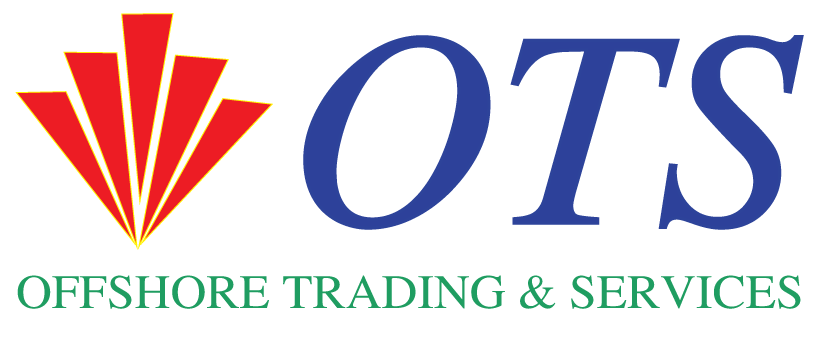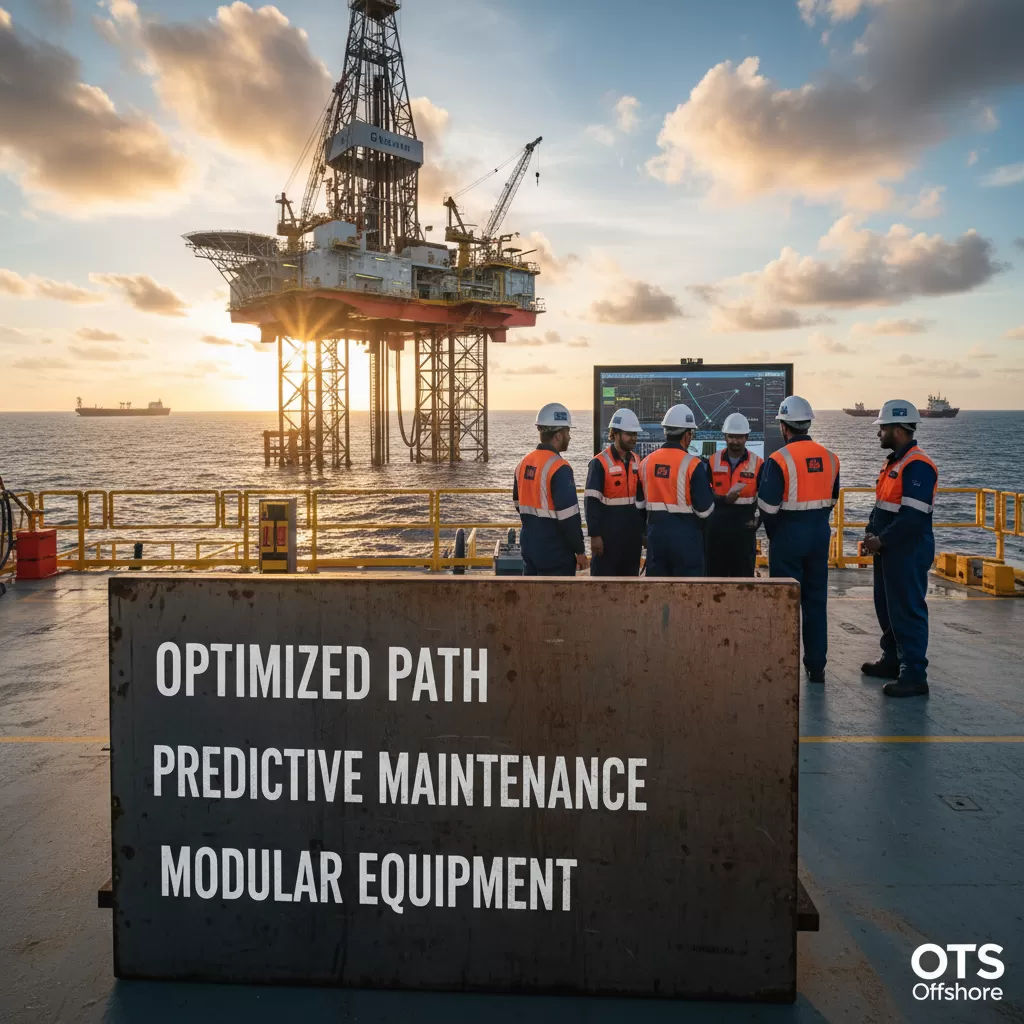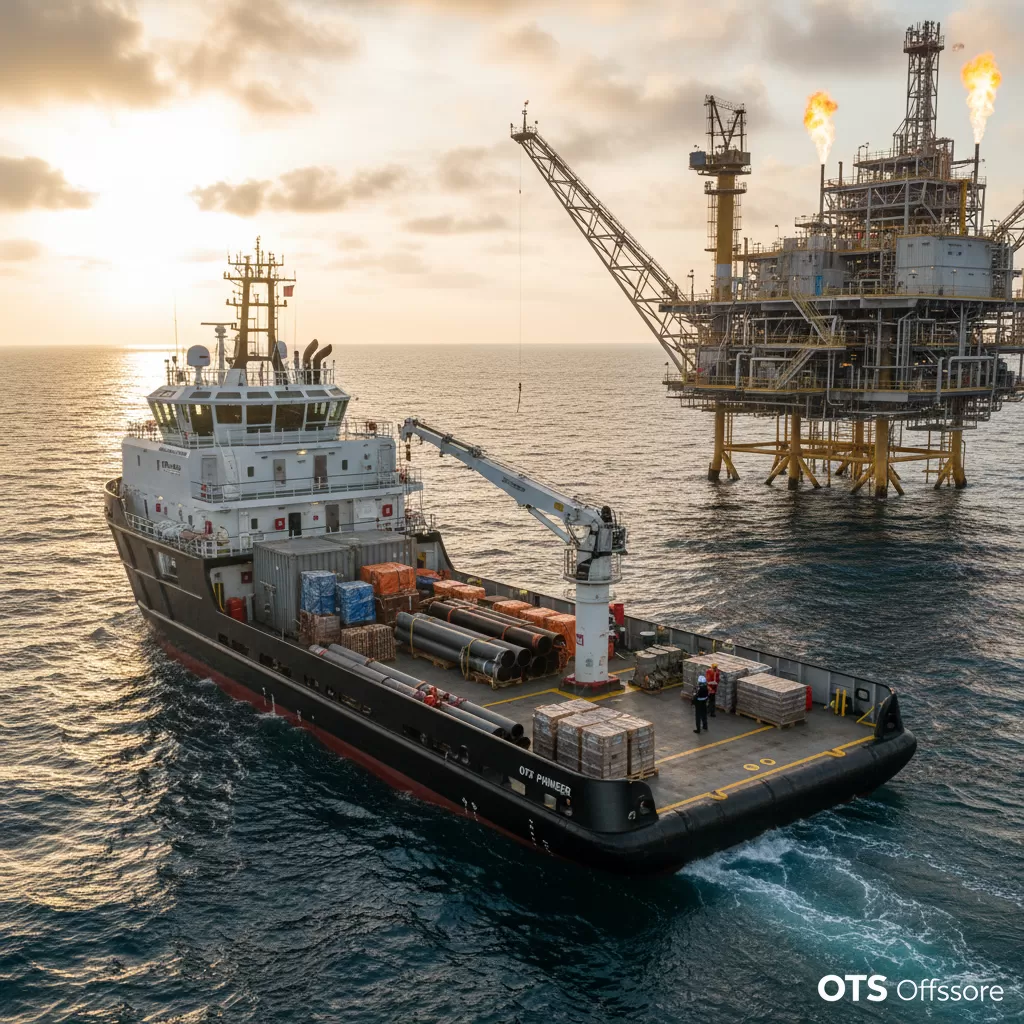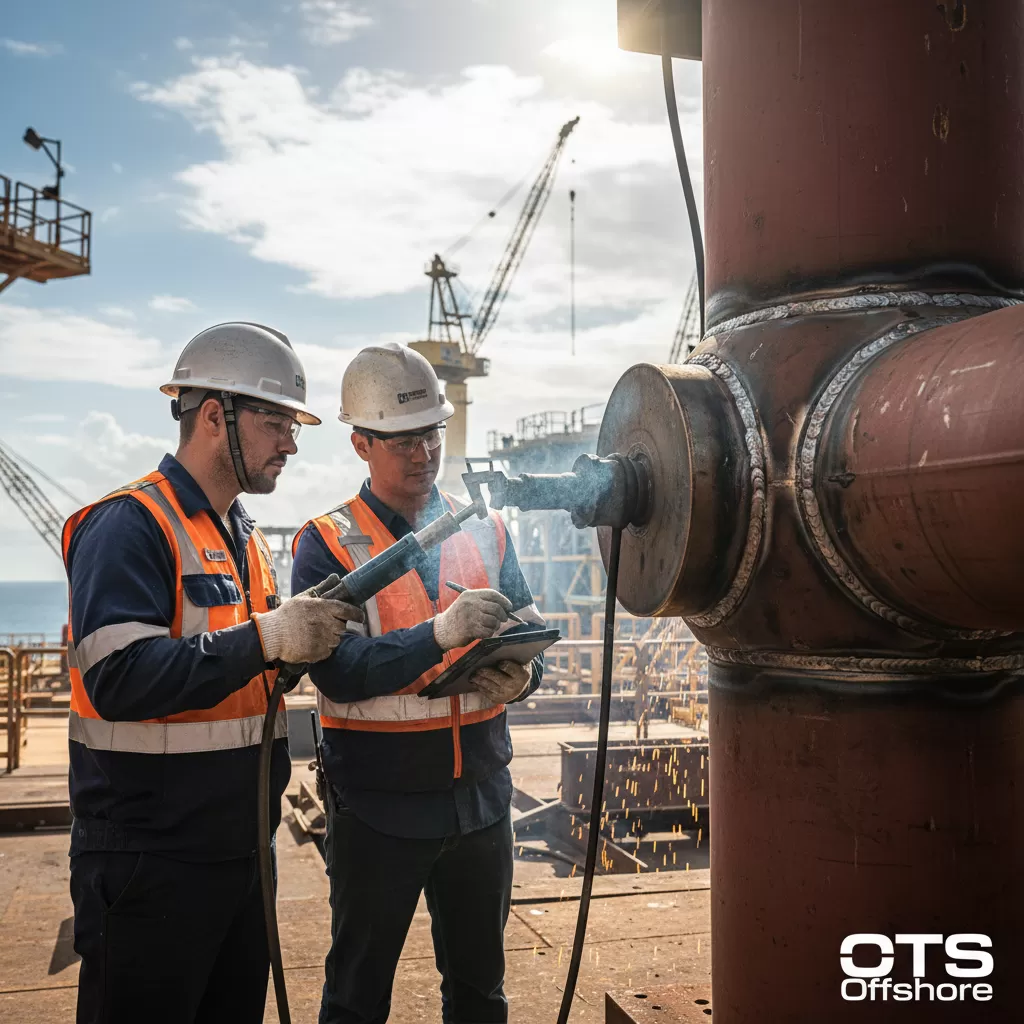Here’s the article as requested:
This article delves into the critical role of Structural Health Monitoring (SHM) and Pipeline Health Management (PHM) within the evolving landscape of Smart Maintenance in the oil and gas sector. We will explore how advanced sensing technologies, data analytics, and predictive modeling are transforming asset integrity management, mitigating risks, and optimizing operational efficiency.
The Nexus of SHM, PHM, and Smart Maintenance in Oil & Gas
The oil and gas industry, characterized by its extensive and often remote infrastructure, faces persistent challenges in ensuring the integrity and reliability of its assets. Pipelines, offshore platforms, and processing facilities operate under demanding conditions, making them susceptible to various degradation mechanisms. Traditional maintenance approaches, often reactive or based on fixed schedules, can be costly, inefficient, and prone to unexpected failures. This is where the convergence of Structural Health Monitoring (SHM), Pipeline Health Management (PHM), and the overarching paradigm of Smart Maintenance offers a transformative solution.
Smart Maintenance, in essence, leverages advanced technologies and data-driven insights to move beyond conventional maintenance strategies. It encompasses predictive, prescriptive, and condition-based maintenance, aiming to anticipate potential issues before they manifest, optimize intervention timing, and minimize downtime. SHM and PHM are foundational pillars within this Smart Maintenance framework, providing the granular data and analytical capabilities necessary to achieve these objectives.
Understanding Structural Health Monitoring (SHM)
Structural Health Monitoring (SHM) is a multidisciplinary field dedicated to developing and applying methodologies for detecting and characterizing damage in structural systems. In the context of the oil and gas industry, SHM focuses on continuous or periodic assessment of critical infrastructure like offshore structures, pressure vessels, and, importantly, pipelines. The primary goal is to understand the current state of structural integrity, identify deviations from baseline performance, and predict future behavior.
– Key Components of SHM Systems:
– Sensors: A variety of sensors are employed to capture real-time or near-real-time data. These can include strain gauges, accelerometers, acoustic emission sensors, fiber optic sensors, corrosion sensors, and displacement transducers. The selection of sensors is heavily dependent on the specific asset, the expected failure modes, and the environmental conditions.
– Data Acquisition Systems: These systems collect, digitize, and transmit the raw sensor data. They must be robust enough to operate in harsh environments and handle potentially large volumes of data.
– Data Processing and Analysis: Raw sensor data is processed to extract meaningful information. This involves filtering, signal processing, and the application of algorithms to identify anomalies, trends, and indicators of damage.
– Damage Detection and Assessment Algorithms: Advanced algorithms, including statistical methods, machine learning, and finite element analysis (FEA) model updating, are used to interpret the processed data and determine the presence, location, and severity of damage.
– Prognostics and Health Management (PHM) Integration: SHM data feeds directly into PHM systems to provide a more comprehensive understanding of the asset’s remaining useful life and to inform maintenance decisions.
Types of Damage Monitored by SHM
In oil and gas infrastructure, SHM systems are designed to detect a range of potential degradation mechanisms that can compromise structural integrity.
– Corrosion: A pervasive threat to metallic structures, particularly pipelines. SHM can detect early signs of internal and external corrosion through various sensing techniques.
– Fatigue: Cyclic loading, especially in offshore structures and pipelines subjected to wave action or internal pressure fluctuations, can lead to fatigue crack initiation and propagation.
– Cracking: Various forms of cracking, including stress corrosion cracking (SCC), hydrogen-induced cracking (HIC), and mechanical fatigue cracks, are critical concerns.
– Deformation and Displacement: Excessive deformation or unexpected displacement can indicate underlying structural instability or material degradation.
– Material Degradation: Changes in material properties due to aging, embrittlement, or chemical attack can be identified through specific SHM methods.
– External Impacts: Accidental impacts from dropped objects, vessel collisions, or seismic events can cause immediate damage that SHM can help detect.
The Role of Pipeline Health Management (PHM)
Pipeline Health Management (PHM) is a specialized domain within SHM and Smart Maintenance that focuses specifically on the integrity and operational performance of pipelines. Given the vast network of pipelines that transport oil, gas, and other crucial fluids globally, their reliable operation is paramount for energy security and economic stability. PHM integrates data from various sources, including inline inspection (ILI) tools, external surveys, operational parameters, and SHM systems, to provide a holistic view of pipeline health.
– PHM’s Strategic Objectives:
– Risk Assessment and Mitigation: Identifying high-risk pipeline segments and implementing proactive measures to reduce the likelihood and consequence of failure.
– Predictive Maintenance: Forecasting potential failures or degradation based on current conditions and historical data, allowing for planned interventions.
– Operational Optimization: Ensuring pipelines operate within safe and efficient parameters, minimizing energy consumption and maximizing throughput.
– Compliance and Regulatory Adherence: Meeting stringent industry regulations and standards for pipeline safety and environmental protection.
– Extending Asset Life: Implementing effective maintenance strategies to prolong the operational life of pipelines, deferring costly replacements.
Data Sources for Effective PHM
A robust PHM system relies on the integration and analysis of diverse data streams.
– Inline Inspection (ILI) Data: This is perhaps the most significant data source for pipeline integrity. ILI tools, also known as “smart pigs,” are run internally through the pipeline to detect anomalies.
– Magnetic Flux Leakage (MFL) tools: Detect metal loss due to corrosion.
– Ultrasonic Testing (UT) tools: Detect metal loss, cracks, and volumetric defects.
– Profilometry tools: Measure internal and external geometry, detecting dents and ovality.
– Other specialized tools: For detecting cracks, coating defects, and mechanical damage.
– External Surveys:
– Direct Assessment (DA): A methodology that combines indirect and direct examination of pipeline segments based on risk.
– Close Interval Potential Surveys (CIPS): To assess cathodic protection effectiveness.
– Depth of Burial (DOB) surveys: To verify pipeline cover.
– Visual inspections: For above-ground segments or exposed areas.
– Operational Data:
– Flow rate and pressure: Can indicate blockages or integrity issues.
– Temperature: Affects material properties and operational stress.
– Pigging records: Information on the frequency and type of ILI runs.
– Previous maintenance and repair history.
– SHM Data: As discussed earlier, continuous monitoring of strain, vibration, acoustic emissions, and corrosion provides invaluable real-time insights.
– Environmental Data:
– Soil conditions, soil resistivity, and groundwater levels for buried pipelines.
– Seafloor conditions, currents, and wave loads for subsea pipelines.
– Ambient temperature and humidity for above-ground infrastructure.
Integrating SHM and PHM into Smart Maintenance Strategies
The true power of SHM and PHM is unleashed when they are seamlessly integrated into a comprehensive Smart Maintenance framework. This integration transforms maintenance from a reactive or time-based activity into a proactive, data-driven, and intelligent process.
Predictive Maintenance Powered by SHM/PHM Data
SHM and PHM systems collect vast amounts of data that, when analyzed using advanced algorithms, can predict the likelihood of future failures. This allows operators to schedule maintenance interventions before a failure occurs, significantly reducing the risk of unplanned downtime, safety incidents, and environmental damage.
– Machine Learning and AI in Predictive Maintenance: Algorithms can identify subtle patterns in sensor data that precede failure events. This includes anomaly detection, pattern recognition, and regression analysis to predict remaining useful life (RUL).
– Physics-Based Modeling: Combining sensor data with detailed physical models of the pipeline or structure can provide more accurate predictions of degradation progression.
Prescriptive Maintenance and Optimization
Beyond predicting failure, advanced Smart Maintenance systems, informed by SHM and PHM, can prescribe the optimal course of action. This moves from “what will happen” to “what should we do about it.”
– Recommended Maintenance Actions: Based on the predicted failure mode and its severity, the system can recommend specific repair techniques, material replacements, or operational adjustments.
– Root Cause Analysis: By correlating SHM/PHM data with operational and environmental factors, intelligent systems can facilitate more effective root cause analysis of failures or near-misses.
– Optimized Inspection Planning: SHM and PHM data can inform the scheduling and focus of future inspections, ensuring that resources are directed to the areas of highest concern.
The Economic and Operational Benefits
The adoption of SHM and PHM within Smart Maintenance frameworks yields substantial benefits for the oil and gas industry.
– Reduced Operational Costs:
– Minimized unplanned downtime and associated production losses.
– Optimized maintenance scheduling, reducing the need for expensive emergency repairs.
– Extended asset life, deferring capital expenditure for replacements.
– Improved resource allocation for maintenance teams.
– Enhanced Safety and Environmental Protection:
– Proactive identification and mitigation of risks that could lead to leaks or failures.
– Reduced probability of catastrophic events.
– Improved compliance with safety and environmental regulations.
– Increased Efficiency and Reliability:
– Continuous monitoring ensures assets are operating within optimal parameters.
– Data-driven decision-making leads to more effective interventions.
– Enhanced overall system reliability and uptime.
Challenges and Future Trends
Despite the compelling advantages, the widespread adoption of SHM and PHM in Smart Maintenance faces certain challenges.
– Data Management and Integration: Handling the sheer volume and variety of data from different sources can be complex. Establishing robust data governance and integration platforms is crucial.
– Sensor Reliability and Maintenance: Ensuring the long-term reliability and accuracy of sensors deployed in harsh environments is an ongoing challenge.
– Cybersecurity: As systems become more interconnected, robust cybersecurity measures are essential to protect sensitive operational data.
– Skill Gaps: A workforce with expertise in data science, AI, and advanced sensing technologies is required.
– Cost of Implementation: Initial investment in sensors, software, and training can be significant.
The future of SHM, PHM, and Smart Maintenance in oil and gas is characterized by further advancements in:
– Pervasive Sensing: Development of smaller, more robust, and lower-cost sensors.
– Edge Computing: Performing data processing closer to the sensor to reduce latency and data transmission burdens.
– Digital Twins: Creating virtual replicas of assets that are continuously updated with real-time SHM/PHM data for advanced simulation and analysis.
– Advanced AI and Machine Learning: Development of more sophisticated algorithms for anomaly detection, prognostics, and prescriptive analytics.
– Autonomous Systems: The eventual goal of highly automated inspection, monitoring, and even repair processes.








